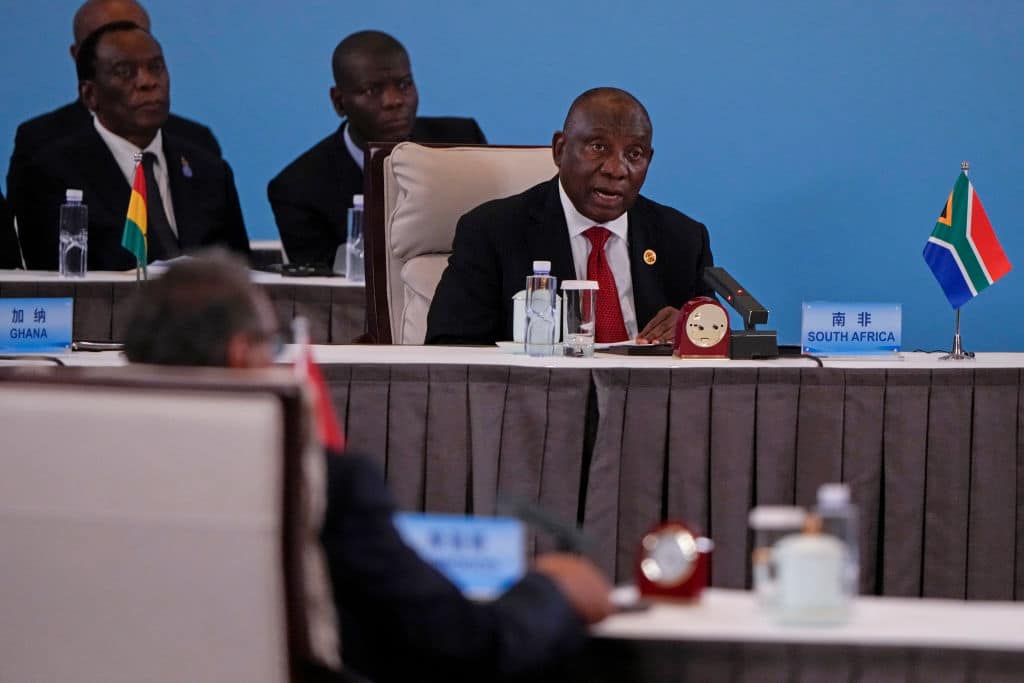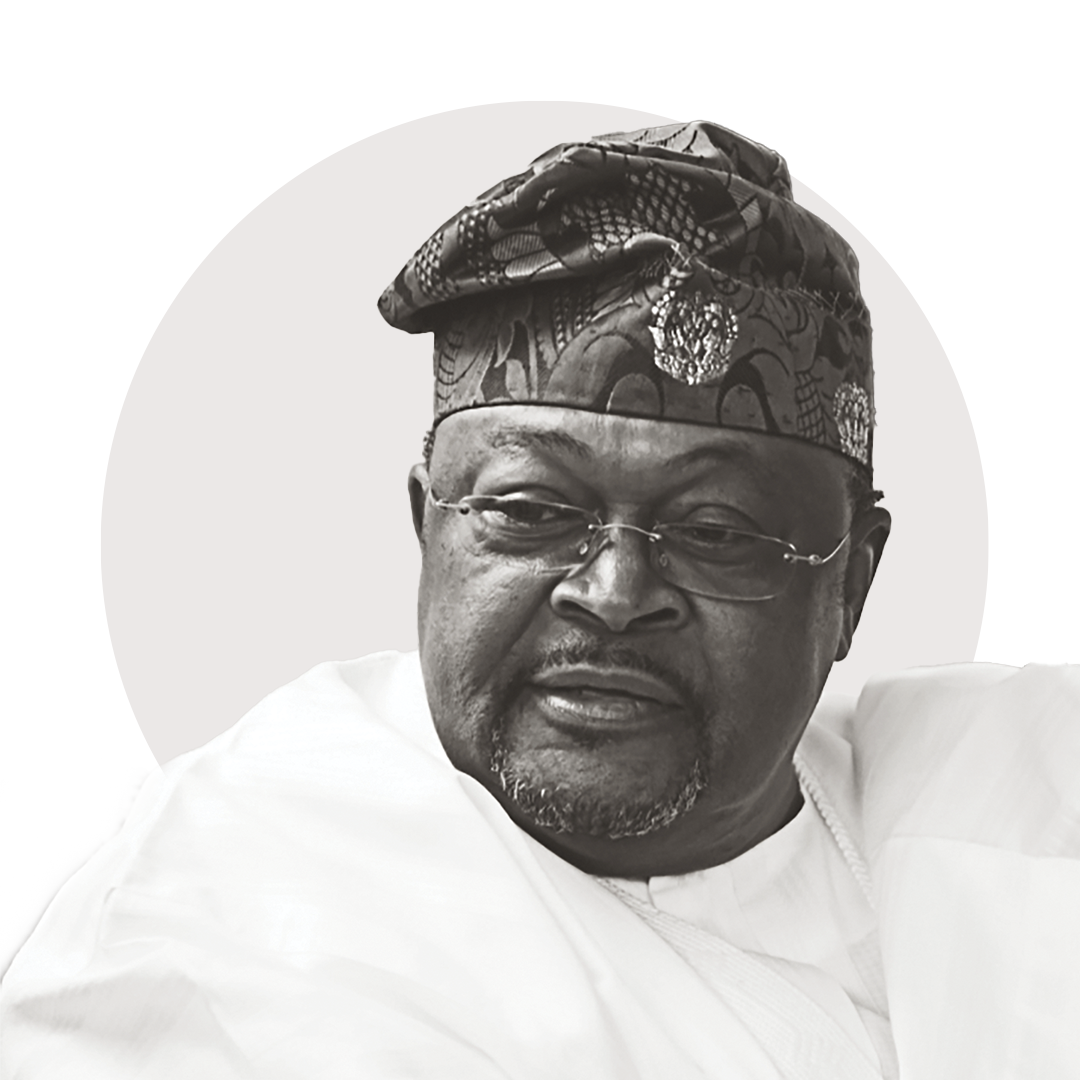South African President Cyril Ramaphosa is currently in China for his second state visit, along with his participation in the Summit of The Forum on China-Africa Cooperation (FOCAC) this week. This visit underscores a deepening of bilateral relations, focusing on trade negotiations, political alignment, and strategic financial cooperation, signaling a strengthening of both political and economic ties between the two nations.
“We are seeking to shift the structure of our trade profile and deepen our investment relationship,” President Ramaphosa emphasized during his address to the SA-China Business Forum. “It is up to us to seize these opportunities and take the economic relationship between our two countries to the next level.”
Since the formalization of diplomatic relations in 1998, the partnership between South Africa and China has grown significantly. The cooperation has expanded year-on-year, not only in trade and investment but also through broader strategic initiatives, such as their mutual membership in the BRICS bloc. China is South Africa’s largest trading partner, with bilateral trade reaching almost $40 billion in 2023.
Veteran economist Dawie Roodt is clear in highlighting the import of strengthening trade relations with such an economic powerhouse, but also makes clear the importance of shifting the nature of such trade in a manner beneficial to South Africa.
“By purchasing power parity, the Chinese economy is the largest in the world,” says Roodt in an interview with FORBES AFRICA. “I do hope that something will come from this in terms of China actually importing more manufactured goods from South Africa.”
Loading...
China appears to have listened. During today’s session of the FOCAC Summit, Chinese President Xi Jinping pledged nearly $51 billion in new funding for Africa over the next three years, signaling a strong commitment to deepening China-Africa relations.
This funding includes support for 30 infrastructure projects and 30 clean energy initiatives across the continent, emphasizing China’s strategic shift toward sustainable development. “China is ready to deepen cooperation with African countries in industry, agriculture, infrastructure, trade, and investment,” President Xi stated in today’s address, underscoring the importance of building a “China-Africa network featuring land-sea links and coordinated development”.
South African exports to China are primarily focused on minerals and agriculture, while imports from China consist largely of manufactured goods. However, the trade imbalance remains a concern, with South Africa importing about twice as much from China as it exports. President Ramaphosa reiterated this concern during his meetings with Chinese leaders, stating, “We would like to narrow the trade deficit and address the structure of our trade.”
China’s increasing economic footprint in Africa is also a critical factor in the relationship. With loans totaling $4.61 billion to the continent last year and a growing number of developmental projects, China’s influence in Africa continues to expand. This expansion is not without strategic implications. As part of the broader Belt and Road Initiative, China’s investments in infrastructure, technology, and renewable energy align with its goals to build stronger ties with African nations.
For South Africa, this means leveraging these investments to boost local manufacturing and job creation. “We urge for more sustainable manufacturing and job-creating investments,” President Ramaphosa said, reflecting South Africa’s push for development that extends beyond raw materials and goods.
This goal appears to be reciprocated, with China aiming to expand market access and facilitate technology transfers, which could benefit South Africa by boosting local industries and creating jobs. With a promise to create at least one million jobs in Africa and to provide $70 billion in fresh investments by Chinese companies as part of the overall funding package, these commitments align with South Africa’s goals to diversify its economy and reduce its trade deficit with China. This development presents opportunities for South Africa to enhance its export profile, particularly in manufactured goods and value-added products.
On the political front, both nations operate under the framework of a Comprehensive Strategic Partnership (CSP). However, discussions during this visit included a proposal to upgrade the relationship to an All-Round Strategic Cooperative Partnership in a New Era. This new level of partnership would not only increase trade ties and commercial commitments but also enhance political alignment, a move clearly indicated in the joint statement issued by both countries on Monday. The statement reaffirmed South Africa’s support for the “One-China policy” and recognized Taiwan as “an inalienable part of China.”
Despite this greater political closeness, Roodt is not cynical as to how this might affect South Africa’s broader international relations, but highlighted that this step should not be seen as the sole point around which the country’s trade pivots. “I don’t think this is going to be an obstacle to our trade and our relationship with other countries, especially the West… As a small, developing, and open economy, South Africa would like to do business with everybody, and establish similar agreements with other countries as well.”
Additionally, both leaders agreed to strengthen cooperation in governance, green technologies, and digital transformation, underscoring the importance of mutual learning and technological exchange. This aligns with South Africa’s goal to modernize its economy and move towards sustainable development.
As discussions continue, South Africa is poised to advocate for better terms in its economic dealings with China, seeking to balance its trade deficit while expanding cooperation in critical areas such as renewable energy, technology, and infrastructure. The outcomes of these negotiations will likely shape the future trajectory of China-South Africa relations and their collective impact on the African continent’s economic landscape.
Loading...





















